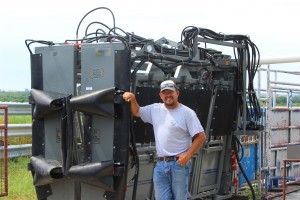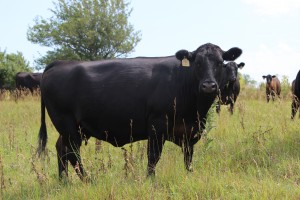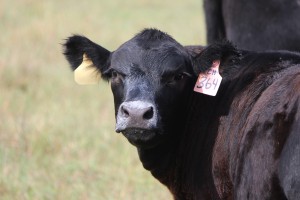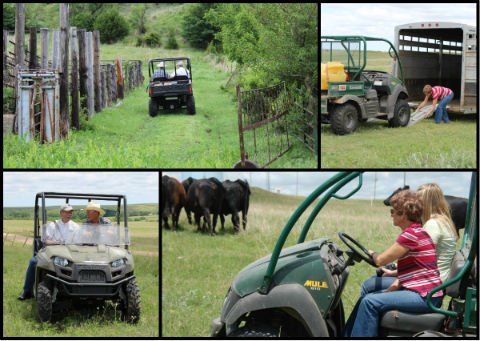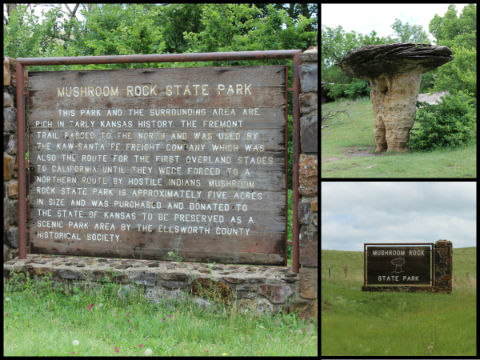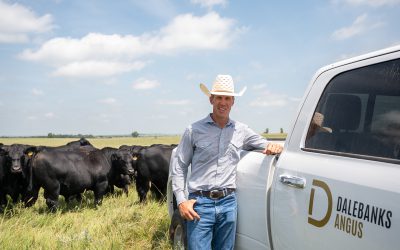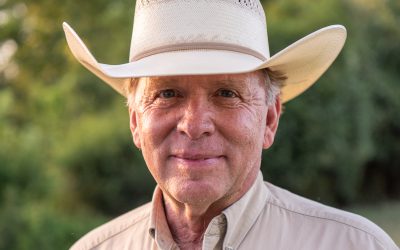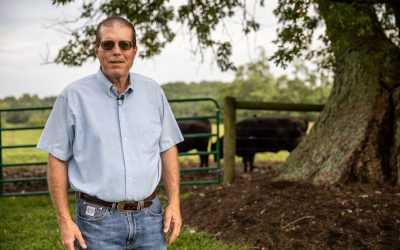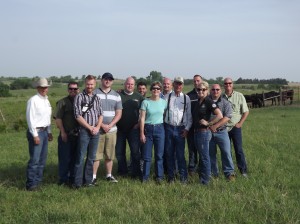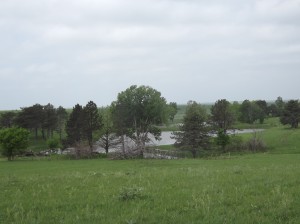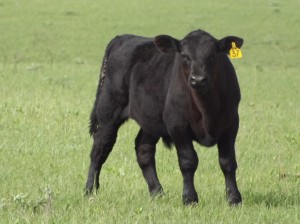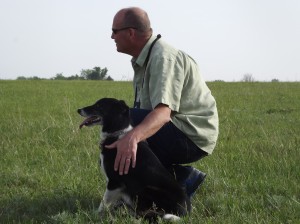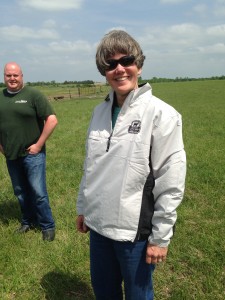When dreams grow up
When Shawn Christensen was three years old, he wanted to be an airplane pilot.
That didn’t last long.
The ambition couldn’t hold up against the call of an Angus cowherd and the Rocky Mountain, Hot Springs, Montana, ranch. Home.
I got to meet Shawn, his wife Jen, and daughters Katelyn and Kara, earlier this year. Traveling with Josh Comninellis from the Angus Media team added to the fun. We toured some of the prettiest spots in Montana, saw the girls’ 4-H animals and shared laughs around the supper table.
It was pretty clear to me that, if he had the training, Shawn has what it takes to pilot a 747. I’m equally certain he was called to ranch for a reason.
“Some days, is it a dream? Not exactly, but I feel like this is what I’m meant to do,” he says. “This is what I enjoy doing. You accept the good with the bad and the bad with the good.”
During his own 4-H tenure, Shawn was already beginning to mold the family’s commercial Angus cowherd. He learned about final carcass quality while on an undefeated judging team. At the same time, his dad was growing an irrigation business and the patriarch left the third-generation rancher, still in high school at the time, with “full rein.” “He kind of says, ‘Okay, you’re going to build this program,’” Shawn recalls. “It’s been great. It’s just one of those things you look forward to.”
Carcass shows gave him a taste of learning what was under the hide of his own animals, but the rancher wanted to know more. It was another decade or more before the Christensens got connected with the Loseke family in Nebraska and started getting individual performance and carcass data, though they don’t retain any ownership beyond weaning.
“We are raisers of beef, but you still have to raise cattle that can calve out on the range,” Shawn says, noting he places importance on everything from fertility and mothering ability to carcass weight and marbling.
They started with artificial insemination (AI) in 1983, and two-thirds of the females are still bred that way today.
His bride let me in on a secret: you won’t find Shawn reading the latest best seller. Instead, free time is devoted to the research for perfecting matings. He starts looking at them in the fall, but the cattleman might make a change or two right up until breeding day.
“He spends a lot of time perfecting that,” Jen says, more with admiration than annoyance. She then hand-enters all records so he can compare. It’s clear they make a good team.
“If you don’t know who the good one is or the poor one is, how do you make changes?” Shawn asks. “It seems like you can make it happen in a few years, but it takes time.”
His life would look a lot different if he were logging airline miles right now, but I suspect that Springvale Ranch would, too.
I’ll bet I’m not the only one glad that when a four-year-old Shawn Christensen changed his mind, that second dream stuck.
May your bottom line be filled with black ink,
Miranda
You may also like
More Than A Meat Scientist
On the surface, he’s a meat scientist. Others know him as a meats judging coach. Some call him “the father of instrument grading.” To those who’ve worked most closely with him, Dr. Glen Dolezal is much more.
You, Your Cows and Their Feed
Expert guidance from Dusty Abney at Cargill Animal Nutrition shares essential strategies for optimizing cattle nutrition during droughts, leading to healthier herds and increased profitability in challenging conditions.
Marketing Feeder Cattle: Begin with the End in Mind
Understanding what constitutes value takes an understanding of beef quality and yield thresholds that result in premiums and/or discounts. Generally, packers look for cattle that will garner a high quality grade and have excellent red meat yield, but realistically very few do both exceptionally well.

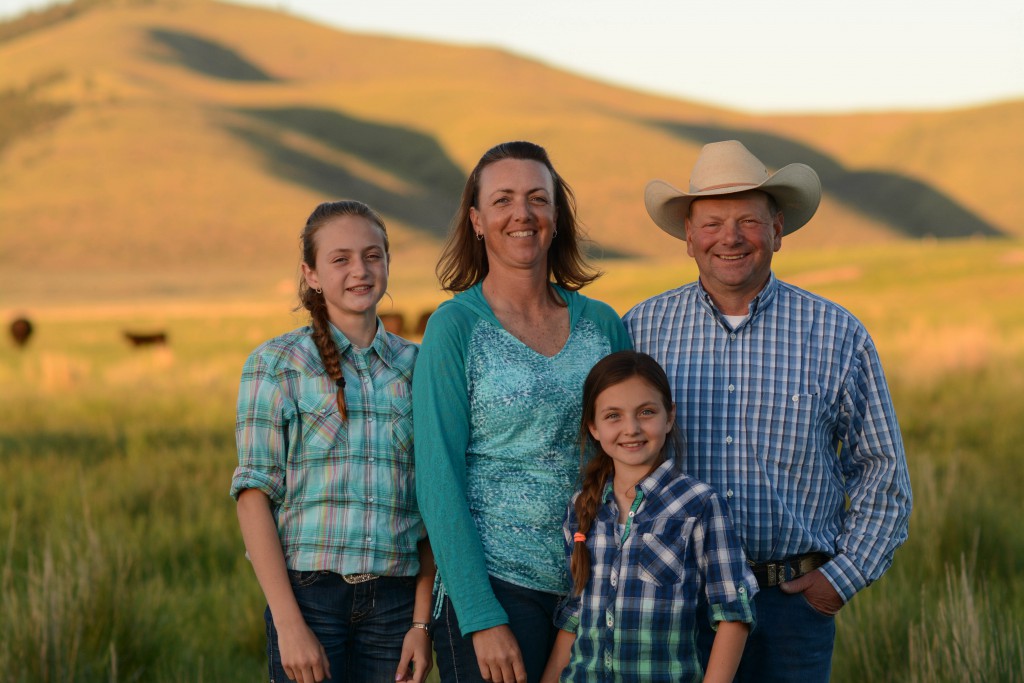
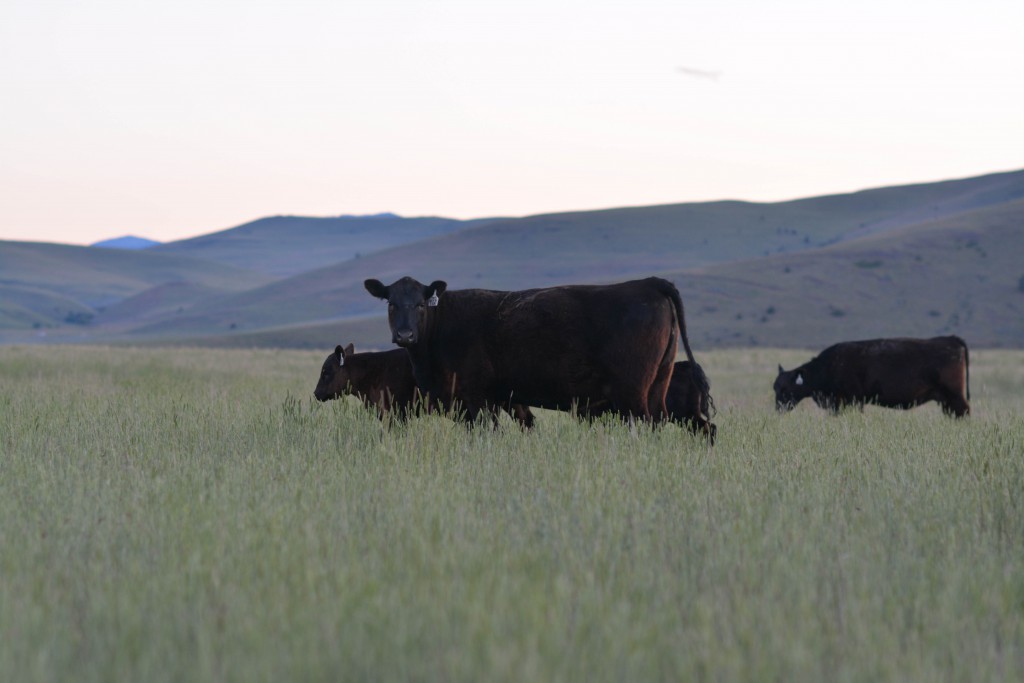

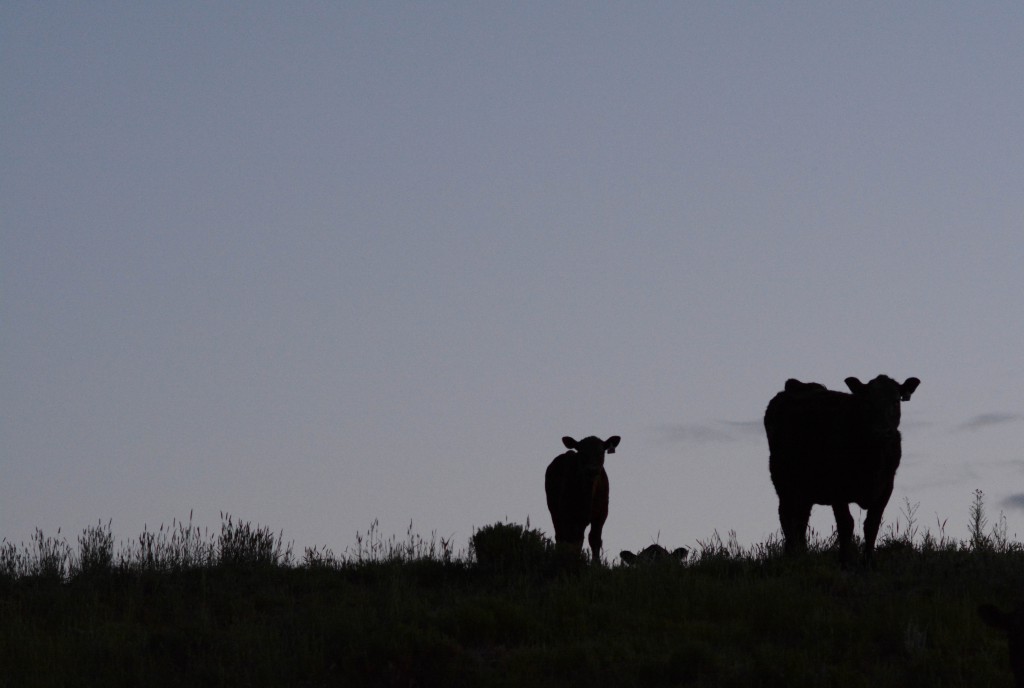

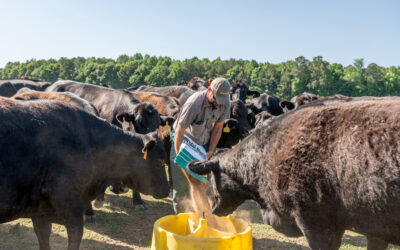
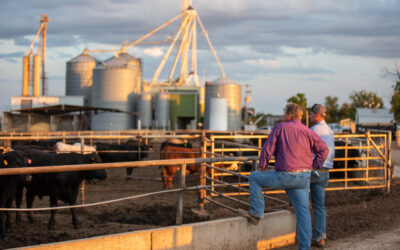

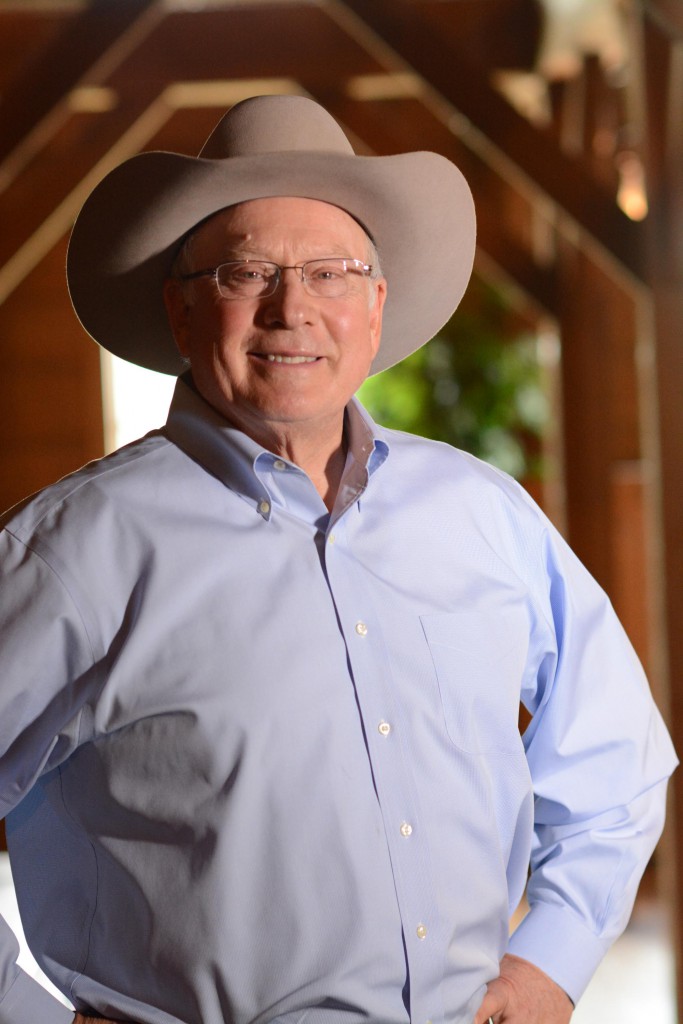
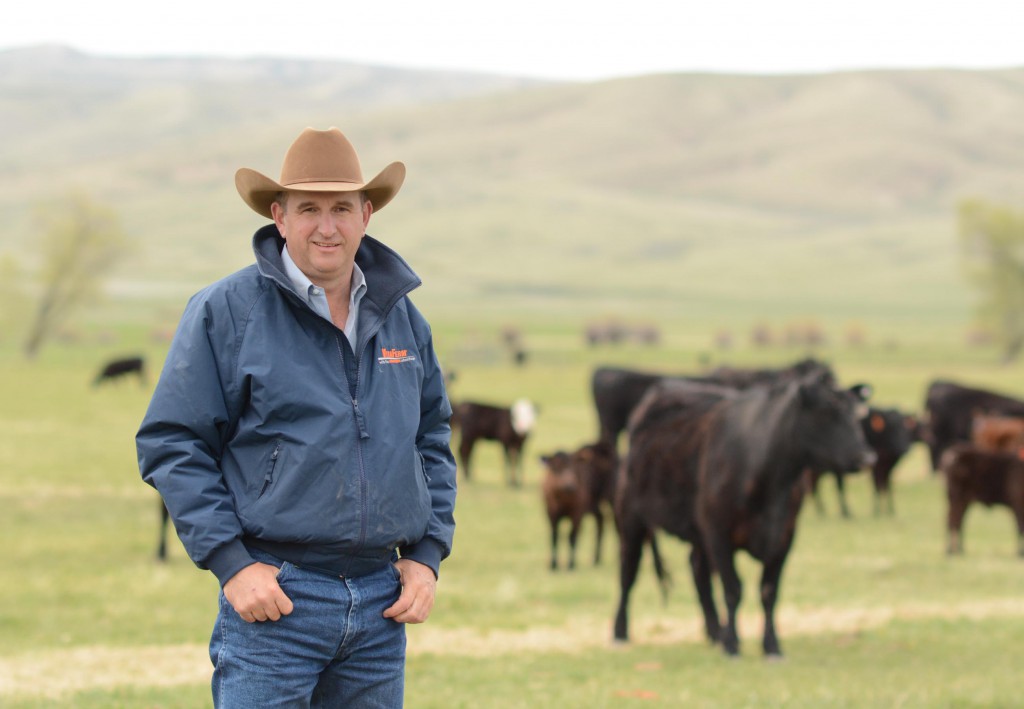
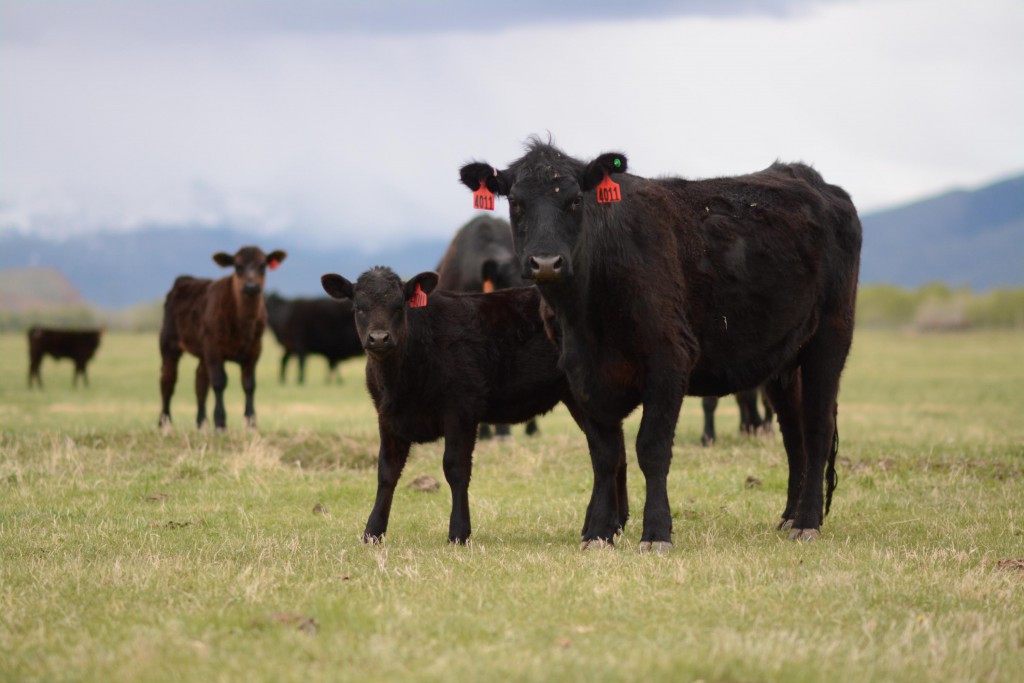

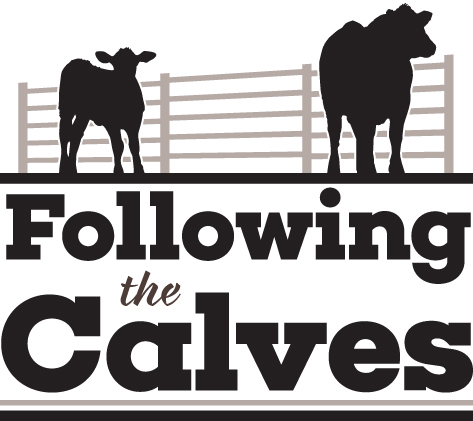
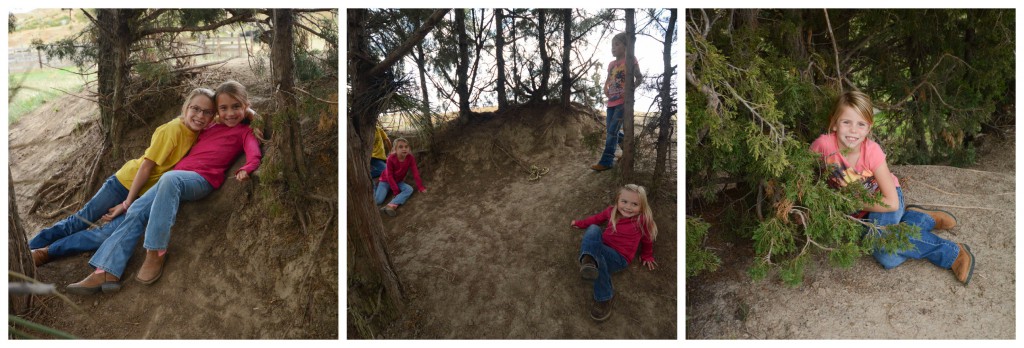
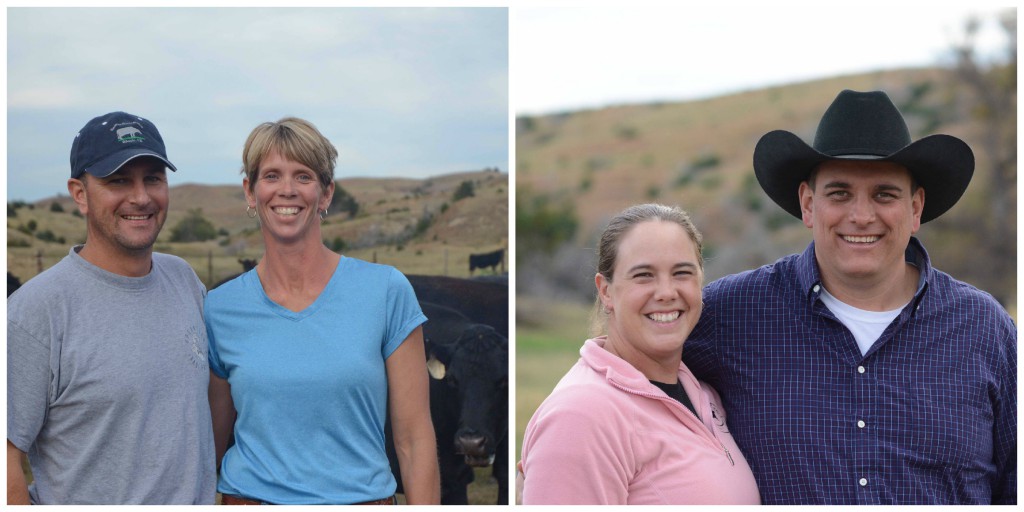
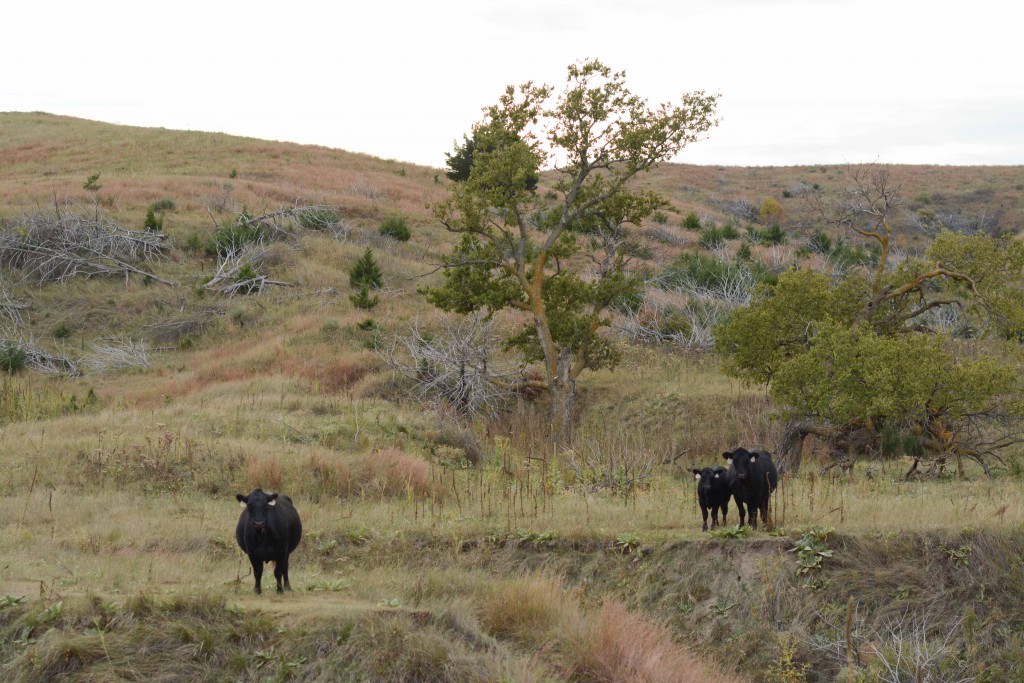
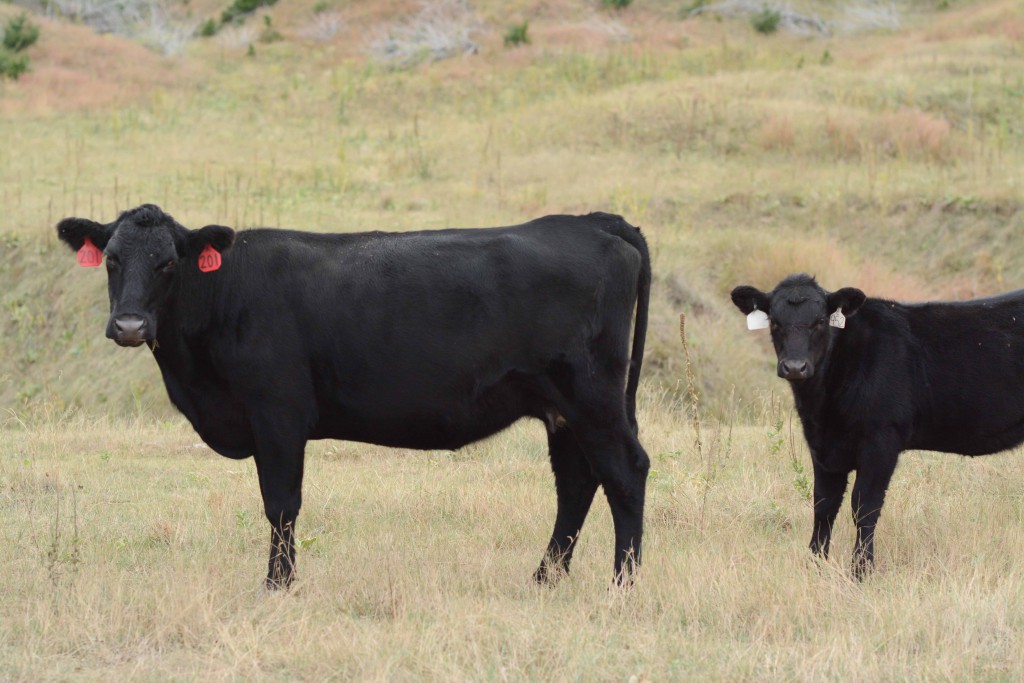
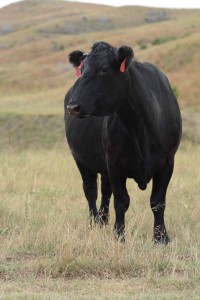
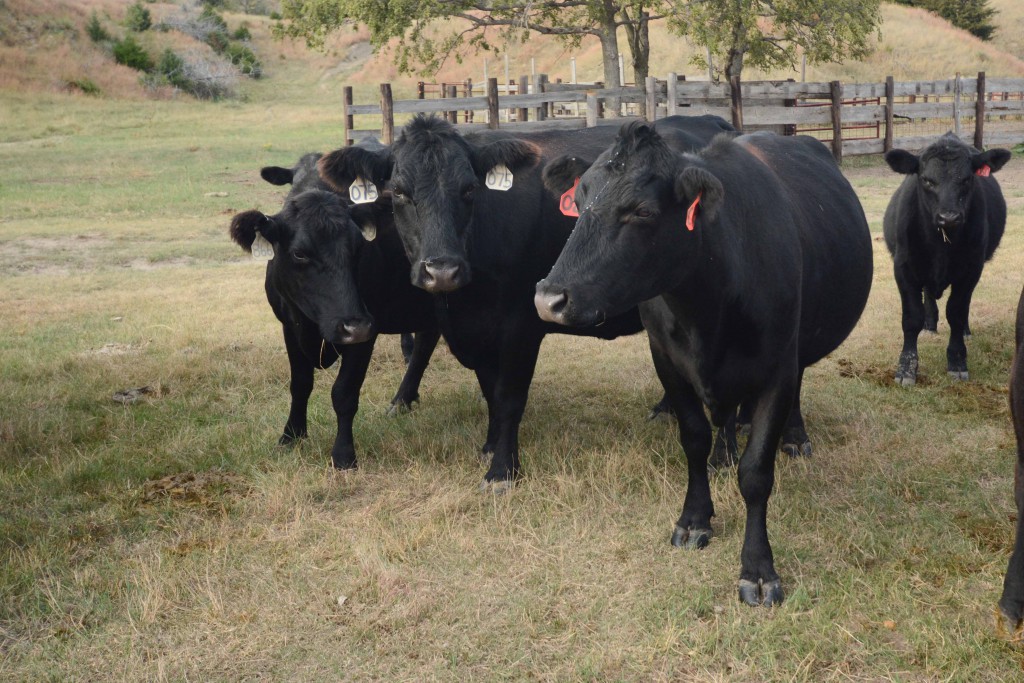 So check back in. ‘Tis the season for preconditioning and weaning, and I’ll give you a rundown of how that goes down on their ranch next.
So check back in. ‘Tis the season for preconditioning and weaning, and I’ll give you a rundown of how that goes down on their ranch next.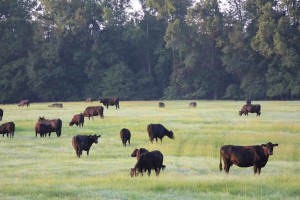 The roads weren’t paved, the land in row crops and highly eroded, but James Smart Collins II wanted cows. Beef cattle to be specific. From Montgomery, Ala., he and his family operated J.S. Collins Dairy through the Great Depression and came to know and later purchase the land 75 miles northeast of him that had no flowing water but nearly 40 natural springs.
The roads weren’t paved, the land in row crops and highly eroded, but James Smart Collins II wanted cows. Beef cattle to be specific. From Montgomery, Ala., he and his family operated J.S. Collins Dairy through the Great Depression and came to know and later purchase the land 75 miles northeast of him that had no flowing water but nearly 40 natural springs.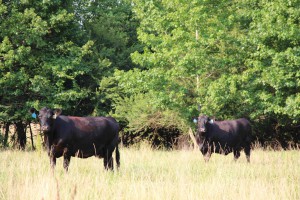 “We were looking to grow from carcass information and wanted rid of the problems with udders and eyes. Crunching numbers, Angus looked like a better alternative. It’s such a strong breed.”
“We were looking to grow from carcass information and wanted rid of the problems with udders and eyes. Crunching numbers, Angus looked like a better alternative. It’s such a strong breed.”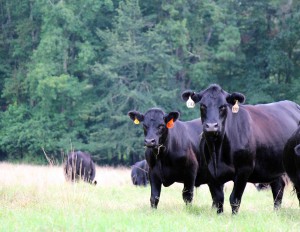 The commercial cows, 350 of them, are carefully managed and selected with the same detail as the family’s 50 head of registered stock. To avoid being culled, cows are expected to grow a calf 60% of their mature body weight, have adequate milk production given the natural forages, and have some longevity. Many a Collins cow is in production to the age of 12.
The commercial cows, 350 of them, are carefully managed and selected with the same detail as the family’s 50 head of registered stock. To avoid being culled, cows are expected to grow a calf 60% of their mature body weight, have adequate milk production given the natural forages, and have some longevity. Many a Collins cow is in production to the age of 12.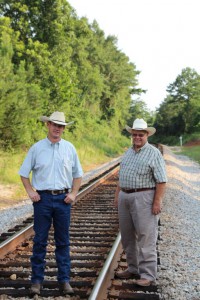 What’s working appear to be the Collins cattle.
What’s working appear to be the Collins cattle.
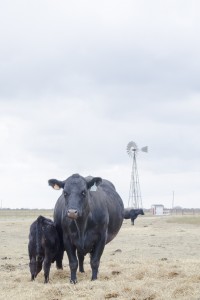



 Speaking more to their way of life and how they raise son Matthew, Anna said in ’09, “In a way, because we don’t have a lot of things – like hi-speed Internet or Nintendo, we just try to concentrate on basics. Reading and phonics. And above all character.”
Speaking more to their way of life and how they raise son Matthew, Anna said in ’09, “In a way, because we don’t have a lot of things – like hi-speed Internet or Nintendo, we just try to concentrate on basics. Reading and phonics. And above all character.” Leery of fads, the Marrs Ranch has “been breeding black” for more than 35 years because of the ability to target desired results.
Leery of fads, the Marrs Ranch has “been breeding black” for more than 35 years because of the ability to target desired results.



